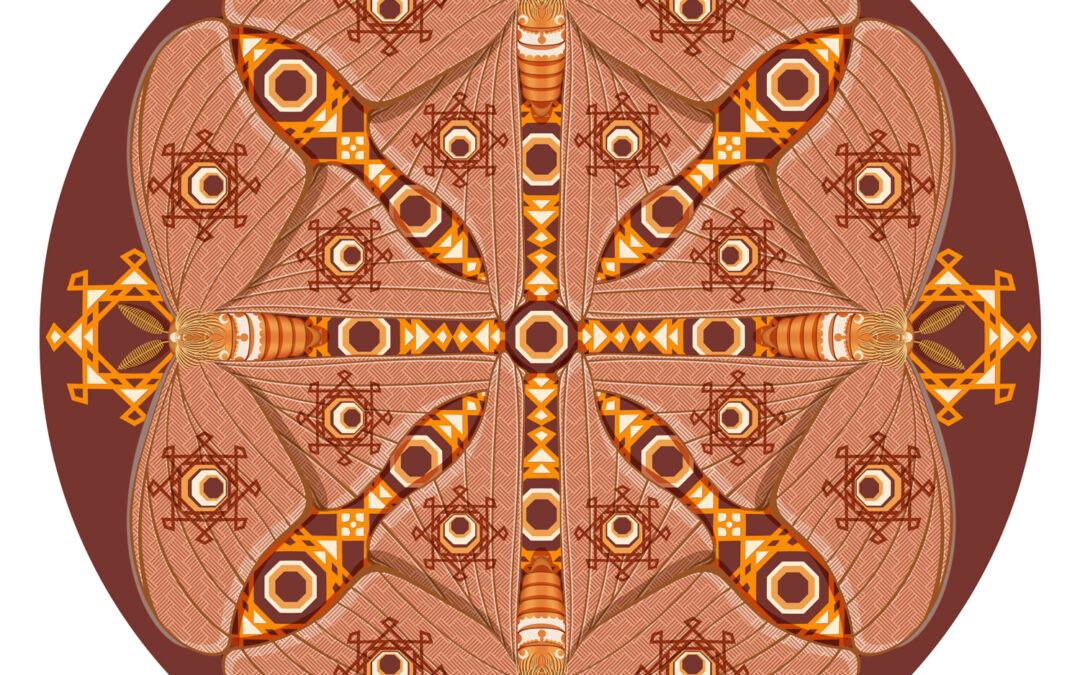As a child cowboys and Indians were a part of my life. In the Late 50’s there were many westerns on television: Cheyenne with Clint Walker, Sugarfoot with Will Hutchins, Have Gun Will Travel with Richard Boone, Wanted Dead or Alive with Steve McQueen, and my favorite, The Rifleman with Chuck Connors. The shows rotated day to day during the week and came on right before our dinnertime. I sat in my dad’s lap with our dachshund, Hans, mesmerized by the action. American Indians were too often cast as villains or painted with a broad stereotypic brush without any recognition of their individual character, spirituality, and history. But really what does a 6 year old understand?
Currently with my interest in historical and present day world culture ornamental and decorative design, American Indian textile design has returned to my focus. In its “Classic Style” (1850- 1880) the simple and elegant repeating geometric shapes of triangles, squares, diamonds, octagons, and crosses aligned, stacked, and terraced designs appeal to my sense of order and chaos in a logical and comfortable way offering many opportunities for pairing creative patterns with my organisms. There is often a limited color palette making artist choices easier to comprehend and command. And, its historical significance and its authenticity is cherished and appreciated for its rich heritage, inherent spirituality, and, disturbing past.
It is not my intention to offend or take advantage of this indigenous artform. It is in fondness and reverence for its authenticity in art expression that I have applied it to some of my nature mandala animal and plant assets and backgrounds to celebrate the beauty of this elegant form of textile ornamental design.
Two sources that you may find enjoyable are: The Navajo Weaving Tradition 1650 to the Present by Alice Kaufman and Christopher Selser (E.P. Dutton 1985) and an article by Caroline Seebohn “Navajo Dazzlers” in Quest Magazine July, 1978.
In the picture above, my moth’s brown wings have octagonal designs surrounded by triangles that imitate a moth’s sometimes brown, orange and cream eyespots. Distinct, multiple large circular and colorful eyespots are visible on the outstretched wings of a variety of worldwide silkmoths. This form of mimicry fools birds and other predators into thinking they are staring into the face of another hungry beast. This moment of predator indecision may give a moth time to escape.
Many of my butterflies and moth mandalas have been transformed by Navajo and Hopi influences into what I hope are appealing art images combining my nature art subjects with indigenous design inspired backgrounds. Perhaps your EYES will SPOT something you like. For prints of this image and many others please visit my shop to bring some of the outdoors indoors.

